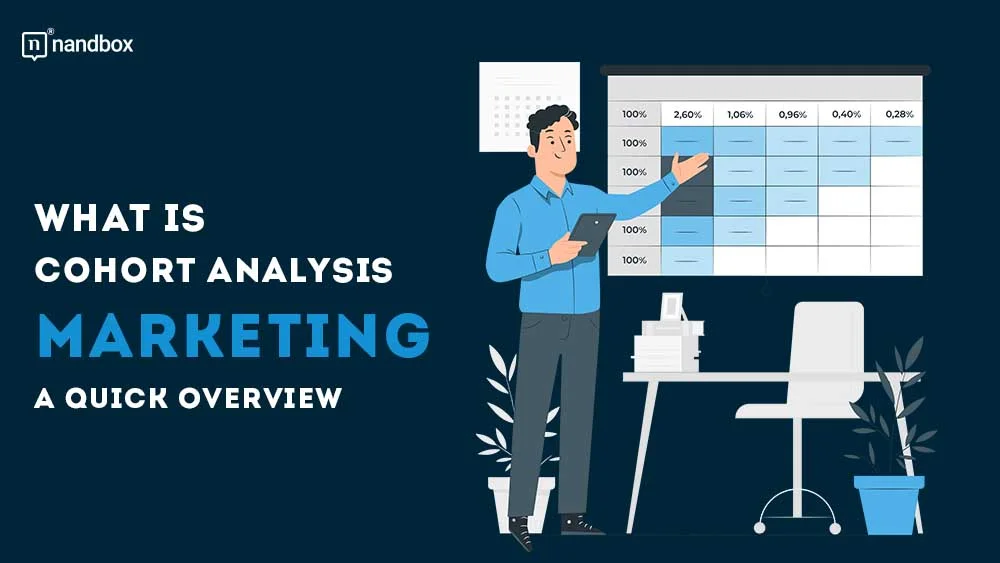Most BPO schedules are built on a calendar and a forecast. But queues don’t follow calendars, and forecasts get fuzzy whenever a client runs a promo, a system glitches, or a news cycle spikes volume. The result is the same: idle agents at 11:00, slammed teams at 14:30, and SLAs wobbling just when clients are watching.
Meet the fix: build staffing that listens to the real-time queue and pivots fast. Platforms like Shifton make that shift practical without adding managerial overhead.
The calendar problem you already feel
If your roster was locked on Friday and your volume shifted on Tuesday, you’re forced to choose between three bad options:
- Overstaff and pay for idle time.
- Understaff and watch wait times balloon.
- Patch with emergency overtime and eroded margins.
It isn’t that your plan was wrong—just that your plan was static while demand is dynamic. The win isn’t a better weekly spreadsheet; it’s a staffing rhythm that constantly aligns people to the work in front of them.
Signal-driven staffing: let the queue steer the day
Move from “schedule first, adjust later” to “signal → staffing.” Pull live inputs—contact rate, backlog, handle time spikes, channel shift—and let them drive small, frequent changes:
- Add a 120-minute booster block to the account that just launched a campaign.
- Reassign bilingual agents for a lunchtime spike on a specific region.
- Collapse a slow channel and push its seats into the rising queue.
This only works if your operations team can see reality now, not after a report refresh. That’s why you’ll want a live activity feed that shows arrivals, in-progress load, adherence, and slack by client and channel.
Micro-shifts and controlled overlaps
Forget the binary of full shifts vs. overtime. The most effective BPOs assemble the day from short, purposeful building blocks:
- Micro-shifts (2–4 hours): precise bursts that ride known peaks.
- Overlaps (30–60 minutes): narrow windows that remove handoff pain.
- Swap windows: pre-approved times agents can trade these blocks without destabilizing coverage.
You don’t have to hand-edit every block. Use an adaptive shift board that lets planners drag, drop, duplicate, and publish changes in minutes—and lets agents accept, swap, or pick up blocks from their phones with guardrails.
What this looks like on a normal Tuesday
- 09:40: Backlog crosses your yellow line on Client A’s chat queue. Two micro-shifts are published to the afternoon; three part-timers pick them up within 10 minutes.
- 12:15: A billing issue on Client C drops average handle time from 6 to 10 minutes. You add a 45-minute overlap at 14:00 to cover the post-lunch ripple.
- 16:05: Inbound drops early for Client B; the dispatcher collapses one email pod and pushes those seats to the phone queue for 90 minutes.
Each change is small, reversible, and justified by a live signal—not a hunch.
Multi-client routing without chaos
The fear is real: cross-client pivoting can turn into musical chairs. The guardrails that keep it clean:
- Entitlements by client and channel
Not every agent can help every brand. Encode who can touch what. Your planner shouldn’t be able to “solve” the day with illegal moves. - Role tags that matter
Billing-trained? Post-sales only? Level 2 for escalations? Tag roles, and let those tags drive eligibility for a block before it’s published. - Soft limits and cool-downs
Cap the number of switches an agent makes in a day, and use short buffers so context isn’t lost when people pivot. - Transparent comms
When a change is published, agents see the why (“Backlog on Client A > 80 tickets, help for 90 minutes”). It reduces resistance and makes the day feel coordinated, not arbitrary.
Skills, certifications, and compliance inside the plan
In regulated verticals—financial services, healthcare, utilities—you’ll juggle certifications, language requirements, and country-specific constraints. Treat these like first-class scheduling rules, not notes on the side. That way:
- Agents see only legal, skills-appropriate offers.
- Supervisors don’t have to remember every exception.
- Audits go faster because the schedule itself proves compliance.
“SLA first, then cost” (the only sequence that works)
Chasing lower labor percentages without fixing SLA misses is how you lose clients. Flip the order:
- Hold the promise (response time, first-contact resolution, abandonment) during the hours customers care about most.
- Then flatten the cost curve using fewer, smarter hours: micro-shifts around spikes, overlaps where handoffs are messy, and collapses where you consistently see slack.
A queue-driven roster helps you do both—protect the peak and trim the troughs.
Metrics that predict tomorrow (not just judge yesterday)
Vanity metrics feel good; predictive metrics make money. Track these by hour and by client:
- Queue health: arrivals vs. handled, backlog trajectory.
- Agent adherence: planned vs. present vs. productive time.
- Shrinkage by cause: breaks, coaching, system issues, no-shows.
- Rework & transfers: rising transfers are early smoke of a script break.
- SLA attainment by “valuable hours”: the windows your client cares about most.
Bundle those views in an operations reporting suite that combines live dashboards with tight, finance-ready exports. It’s how you prove value in QBRs and spot margin leaks before your client does.
Coaching in the flow of work
Smarter staffing won’t save a broken conversation. Make small improvements visible and quick:
- Micro-coaching: 10 minutes right after a sticky call, not a quarterly marathon.
- Pattern alerts: if an agent’s handle time jumps 25% for two hours, flag it; fix the cause (tool lag, script confusion, or a policy change).
- Playbooks: short, copy-pasteable fixes that supervisors can deploy for a specific client scenario.
A practical way to start (this week)
- Pick two clients—one volatile, one steady—to pilot signal-driven staffing.
- Define your signals: threshold for backlog, spike alerts, handle-time escalations.
- Publish small: two micro-shifts and one overlap on day one.
- Communicate the “why” in every schedule change.
- Review daily: what signal triggered, what you changed, what happened to SLA, what you learned.
The payoff your clients will notice
- Faster responses during the hours that matter most to their customers.
- Better CSAT from fewer transfers and smoother handoffs.
- Lower volatility costs because you’re boosting with short blocks, not blanket overtime.
- Cleaner QBRs because your story is backed by live signals and hard numbers.
When staffing follows the queue, agents stop firefighting and start flowing. Supervisors spend less time begging for favors and more time coaching. And your client hears a different conversation: not excuses about yesterday’s spikes, but proof that you can ride tomorrow’s, too.
If you’re ready to trade static calendars for dynamic coverage, start small, listen to the signals, and adjust in short, confident moves. That’s how a BPO becomes the partner a brand trusts on its busiest day. In conclusion, the nandbox app builder gives BPO firms the power to make their work easier by letting them make personalized mobile apps that change depending on how much work they have to do at the time. Managers can quickly make apps to keep an eye on lines, allocate tasks on the fly, and boost team efficiency with its no-code platform. Nandbox lets BPOs stay flexible, efficient, and responsive, whether they’re managing remote agents or improving the flow of customer support. This means that staffing follows the queue, not the calendar.






